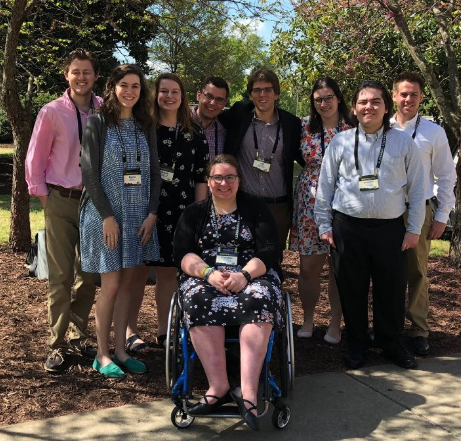
Honors Bachelor of Arts
Document Type
Capstone/Thesis
Faculty Advisor
Thesis Director: Dr. Shannon Byrne; HAB Course Director: Dr. Shannon Byrne, Reader: Dr. Arthur Dewey, Reader: Professor Amanda Pavlick
Date
2022-05-03
Abstract
It cannot be denied that early Christian communities used familiar Greco-Roman symbols, images, icons, and ideas in their own ways. For this reason, it will be necessary to examine why these communities in Rome took parts of Greco-Roman society that were familiar to them and used them in a different way, in addition to exploring the varying degrees of effect that these images had on the Christian communities themselves and on the society around them. By “early Christian communities,” I mean Christians living in Rome at the beginning of the third century until the late fifth century.[1] For these communities, nautical imagery like the anchor and the fish are still nautical motifs, yet they are now interpreted through a new, Christian lens. Images that already signified peace in certain contexts, such as the dove and the olive branch, maintained that same meaning in Christian interpretation. However, it is more difficult to determine if images such as the Good Shepherd and the Virgin Mary were intended to be reinterpretations of earlier pagan images or replacements of them. These early Christian communities also produced images that had never before been seen in the Greco-Roman world, such as the crucifix and the crown of thorns, which indicate Christianity’s rise to power and its eventual usurpation of that power in the west, the power of which had already been declining as Christianity was becoming more dominant.[2] By making use of both familiar and non-familiar Greco-Roman symbols, images, and icons, early Christian communities were able to situate their new religion among the already existing Greco-Roman culture, which allowed Christianity to establish a cultural cohesiveness and identity. All of the images, icons, and symbols which will be discussed in this thesis are popular amongst and easily recognizable by Christians today. It is not the goal of this thesis, however, to explain why these images, icons, and symbols have stood the test of time.[3]
In chapter one, I will examine various symbols of early Christian art, which were already fixtures of Greco-Roman society. These symbols include the anchor, the fish, the dove, and the olive branch. When examining these symbols, I will discuss the symbols themselves, any scriptural references to these symbols, and pertinent scholarship in order show how early Christian communities in Rome used these images to situate themselves in the Greco-Roman world.
In chapter two, I will examine two symbols—the crucifix and the crown of thorns—which are uniquely Christian. While crucifixion was a common practice in Rome, crucifixions were not depicted in art, the reasons for which will be discussed in chapter two. One could expect, though, to find a variety of crowns depicted in Greek and Roman art; however, one would never find a crown of thorns in Greek or Roman art. In order to show that the creation of these uniquely Christian images indicates the establishment of a unique, Christian cultural identity, I will, again, examine the symbols themselves, scriptural references, and pertinent scholarship.
Finally, I will include my concluding insights, followed by two appendices, which will examine certain symbols that are ambiguous in their meaning and for which further research is needed. These symbols include the Good Shepherd and the Virgin Mary.
Recommended Citation
Ganshirt, Tim, "The Greco-Roman Influence on Early Christian Art" (2022). Honors Bachelor of Arts. 47.
https://www.exhibit.xavier.edu/hab/47
Creative Commons License

This work is licensed under a Creative Commons Attribution-NonCommercial-No Derivative Works 4.0 International License.
Included in
Ancient History, Greek and Roman through Late Antiquity Commons, Ancient Philosophy Commons, Classical Archaeology and Art History Commons, Classical Literature and Philology Commons, Other Classics Commons

